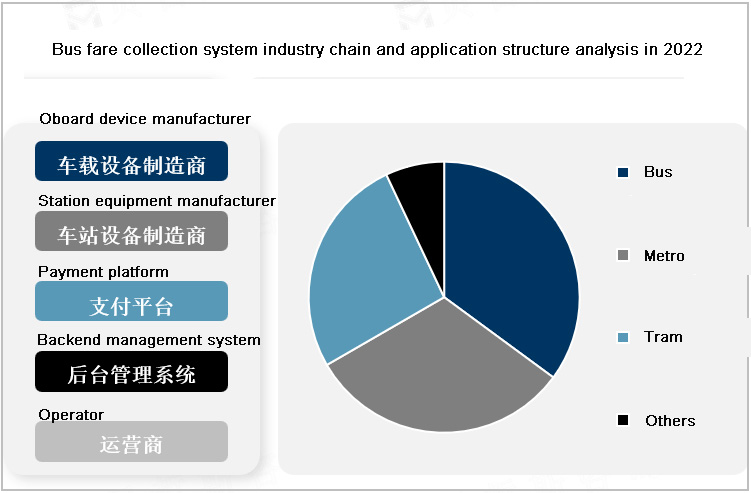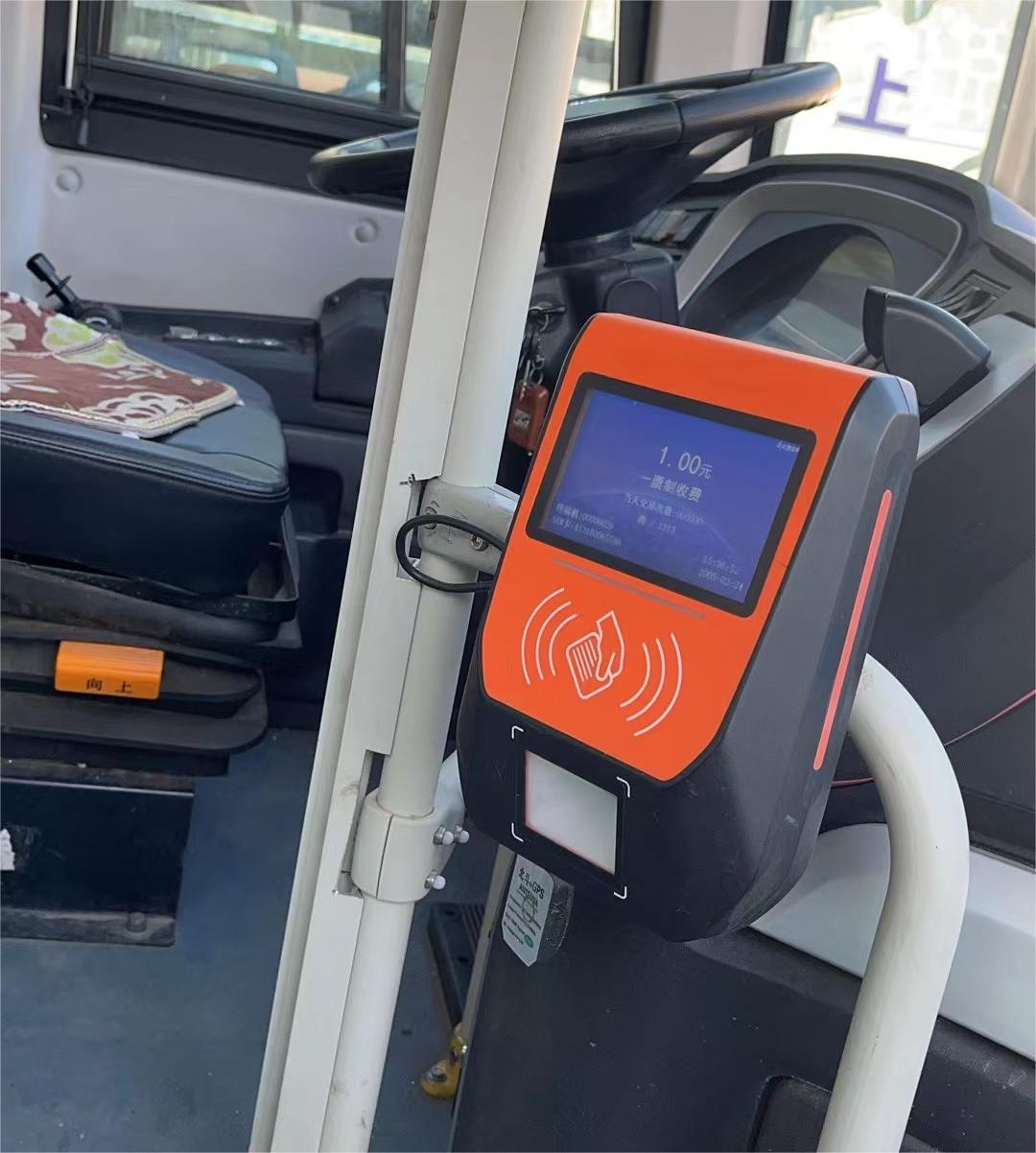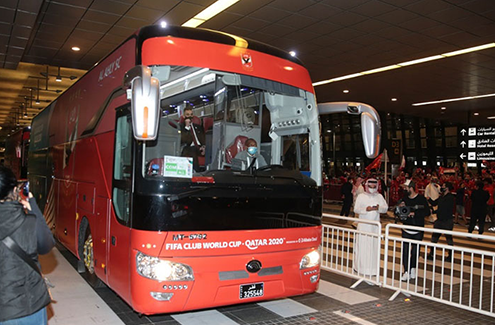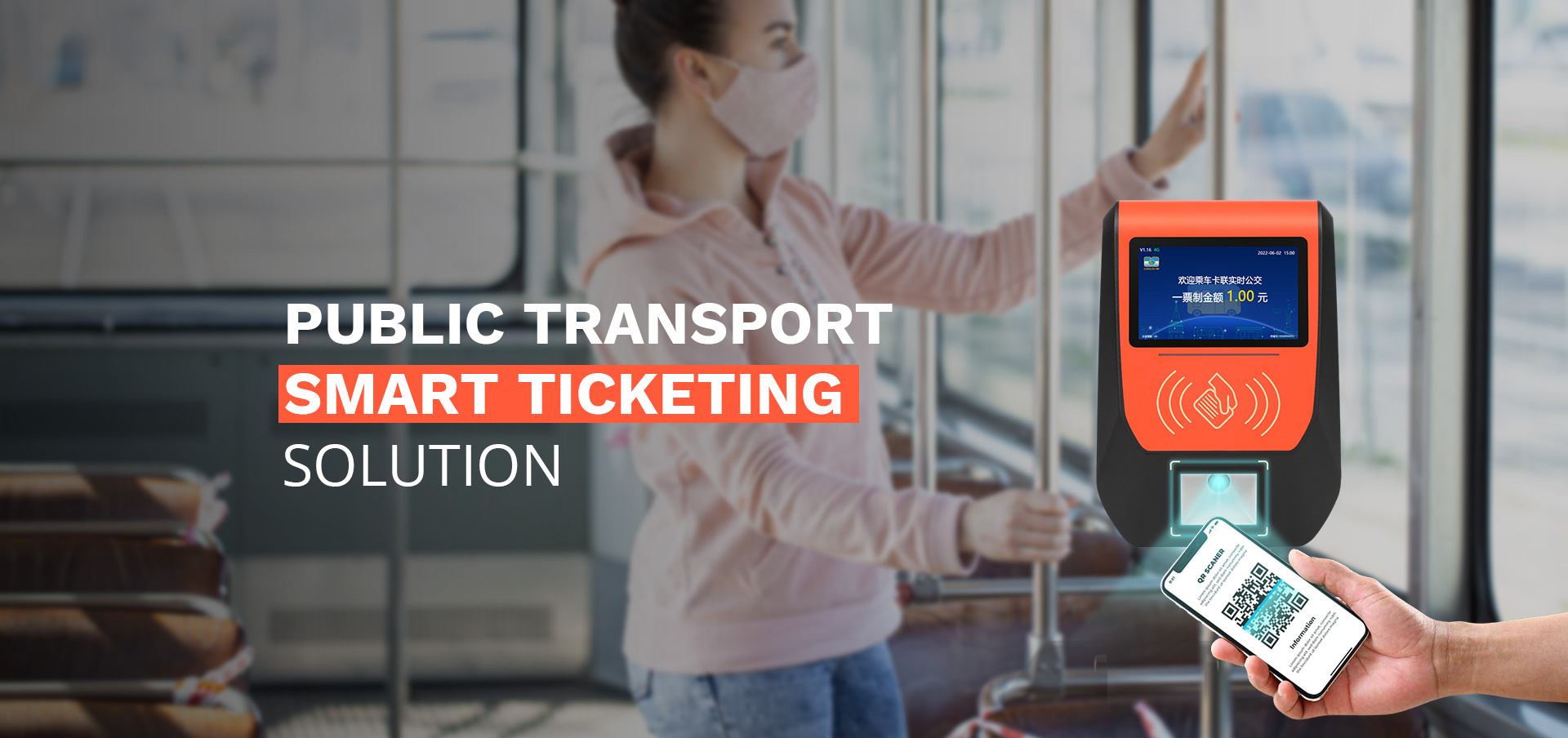Analysis of the development trend of smart city bus fare collection system: The industry will develop in the direction of electronic, intelligent and information technology
Intelligent bus fare collection system refers to the system that provides payment services for passengers on public transport (such as buses, subways, trams, etc.). Bus fare collection system usually includes vehicle equipment, station equipment, background management system and other components.

Onboard device includes onboard fare collection machine, station card readers, station displays, ec., which are used to provide fare collection services for passengers The background management system includes fare management system, data analysis system, etc., which is used to manage and analyze bus fare data. The main purpose of the bus fare collection system is to facilitate passengers to buy tickets, improve the efficiency of bus operation, and reduce the cost of labor management.

The public transport fare collection system has a huge market, with the acceleration of urbanization and the popularity of public transport, the market demand is gradually increasing. The global bus fare system market size was about $15 billion in 2019 and is expected to reach $20 billion by 2025, with a compound annual growth rate of about 5%.

Industry chain analysis of bus fare collection system
Bus fare collection system industry chain is a relatively complete industry chain, covering onboard device manufacturing, station equipment manufacturing, payment platform, background management system and operation management and other links. Each link depends on each other and supports each other, which together constitute the complete industry chain of the bus fare collection system.
Onbaord device manufacturers: Onboard device manufacturers are the starting link of the bus fare collection system industry chain, mainly responsible for the production of bus fare collection machines, onboard card readers, vehicle displays and other equipment.
Station equipment manufacturers: Station equipment manufacturers are the middle link of the bus fare collection system industry chain, mainly responsible for the production of station fare collection machines, station card readers displays and other equipment.
Payment platform: Payment platform is an important link in the bus fare collection system industry chain, mainly responsible for providing payment services, including bank card payment, mobile payment, etc.
Background management system: Background management system is the core link of the bus fare collection system industry chain, mainly responsible for the management and analysis of bus fare data, including fare management system, data analysis system, etc.
Operator: Operator is the terminal link of the bus fare collection system industry chain, mainly responsible for the operation and management of public transportation such as buses, subways, trams.




 Are you a customer of bus card readers?
Are you a customer of bus card readers?
 The future functional design direction of bus card reader
The future functional design direction of bus card reader
 The Evolution of Public Transport Payment: A Look at the Present and Future
The Evolution of Public Transport Payment: A Look at the Present and Future